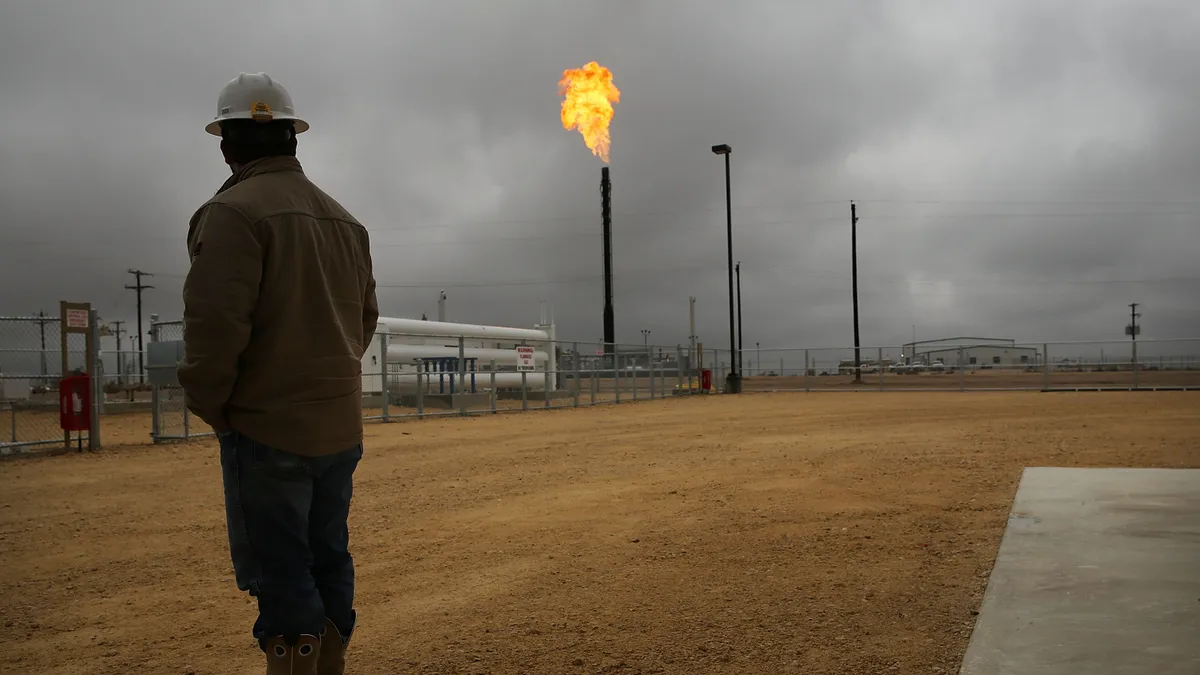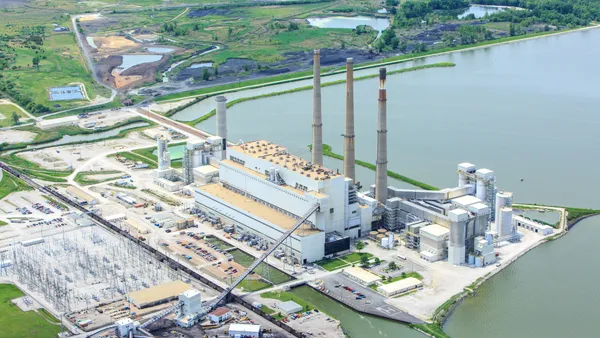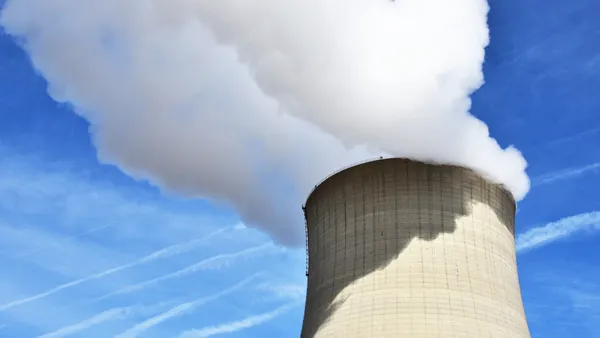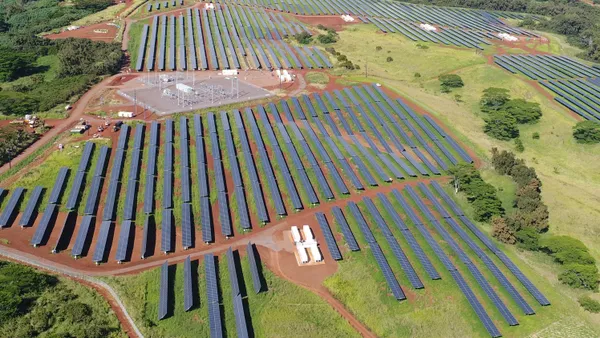Wind and solar together generated more electricity than coal in the U.S. for the first time last year, and coal’s share of the generation mix fell to an all-time low of under 15%, according to a Tuesday report from the think tank Ember.
“2024 saw the largest-ever increase in solar generation in the US (+64 TWh),” said Ember. Wind production grew by 32 TWh, while coal generation dropped by 22 TWh.
These solar additions marked “the second largest increase of any country, after China,” according to the report. “Significant capacity additions spurred by the Inflation Reduction Act have begun to feed through to generation increases. Wind generation rose as a result of improved wind conditions from 2023 as well as a moderate increase in wind capacity.”
The world also “reached a new milestone as low-carbon sources — renewables and nuclear — provided 40.9% of the world’s electricity generation in 2024, passing the 40% mark for the first time since the 1940s,” said Ember.
“Solar power surged by a record 474 TWh in 2024, the largest annual growth ever recorded in absolute terms and the fastest increase in six years (+29%),” the report said. “Solar power has maintained its extraordinarily high growth rates even as the technology has become the primary driver of new electricity generation.”
Ember found that solar, for the third consecutive year, “recorded the largest absolute increase of any electricity source,” and that “for the 20th year in a row, it remained the fastest-growing power source.”
U.S. gas generation also increased significantly in 2024, rising by 3.3% or 59 TWh, “the largest rise in gas generation seen in any country in 2024 and more than half (57%) of the global increase in gas generation,” said the report.
Natural gas consumption “set new winter and summer monthly records in January and July,” the Energy Information Administration said in a March 31 report.
“Historic low natural gas prices in 2024 meant that natural gas was more competitive in the electric power sector, especially compared with coal, contributing to increased use of natural gas for electricity generation,” EIA said.
Ember found that overall electricity demand in the United States grew by 3%, or +128 TWh, in 2024, “caused partly by heatwaves over the summer months and partly as a rebound from a milder summer in 2023 when demand decreased by 1.3% (-55 TWh).”
“The summer of 2024 (June-August) ranked as the fourth-warmest on record in the U.S. Lower 48 states, leading to strong demand for air conditioning and resulting in new daily records for electricity generation in July and August,” EIA said. “As a result, natural gas consumption in the electric power sector rose in July and August to be the highest ever recorded for the summer.”















